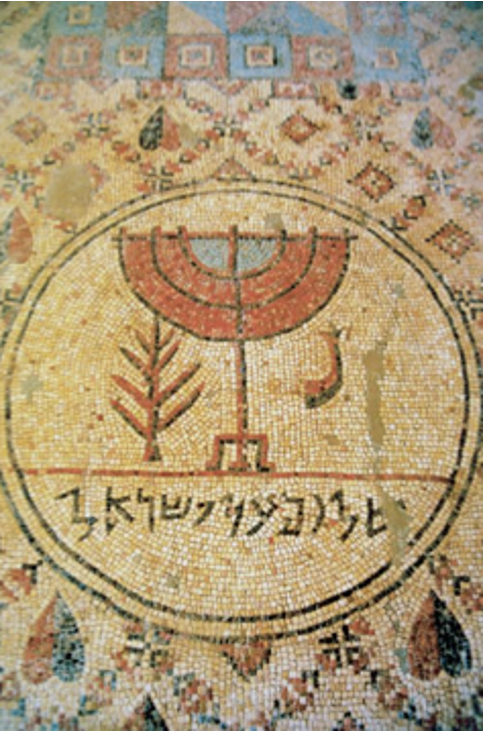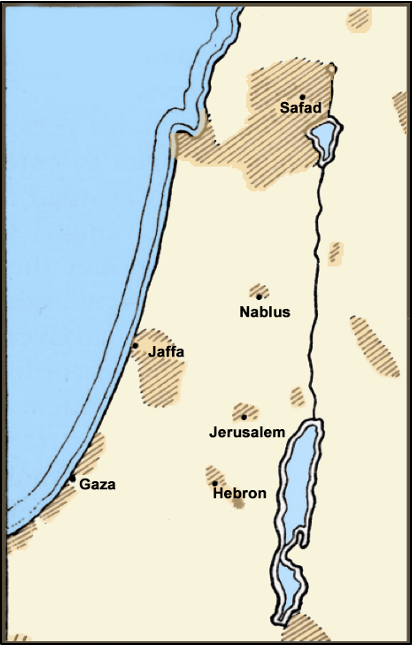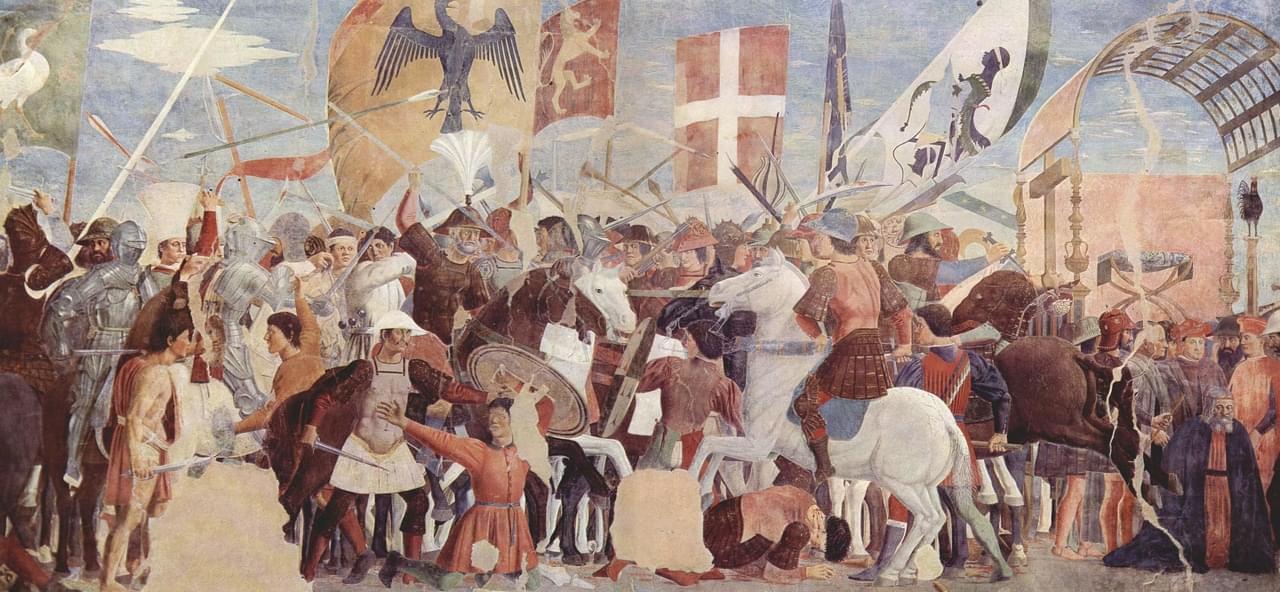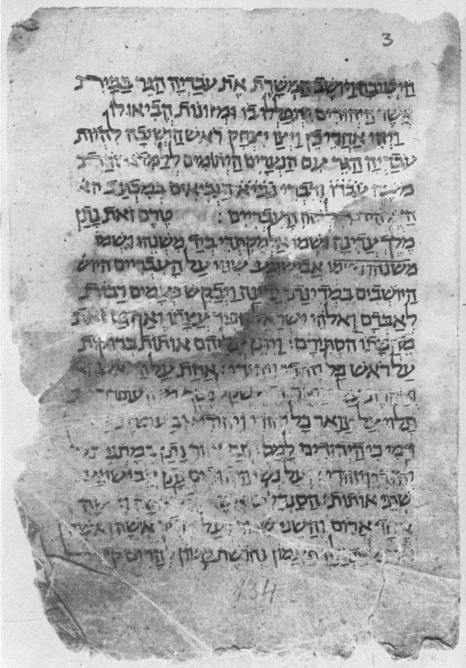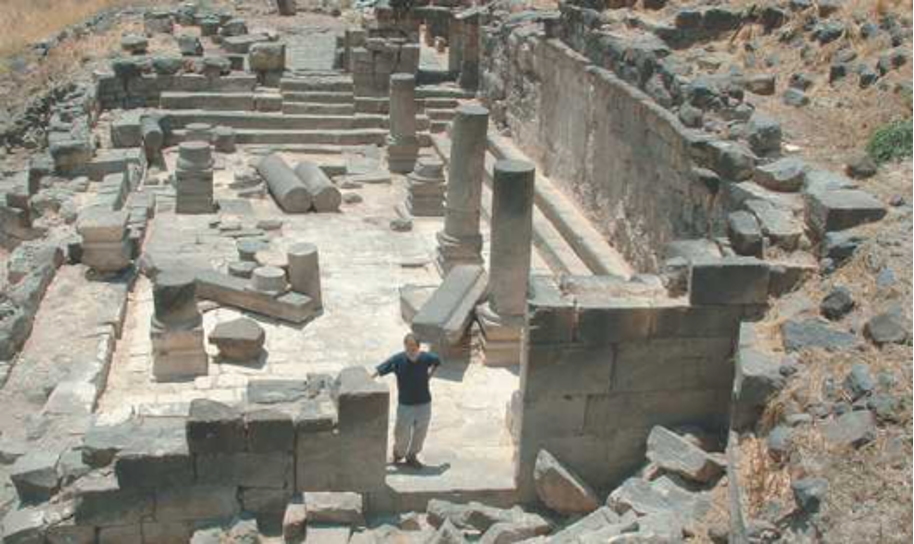600 - 800 CE
The Persian and Muslim Conquests of Israel
Tower of David Museum, Photo by Ardon Bar-Hama
Rijksmuseum van Oudheden
Israel Antiquities Authority
Muhammad’s Night Journey, 621 CE
According to Islam, the prophet Muhammad took a two part journey on a single night. The Israʾ and Miʿraj are the two parts the Night Journey. In the Isra part, Muhammad traveled on the back of his horse Buraq to the “Western Wall” of the Temple Mount. In the Mi’raj part, he ascends into heaven where he individually greets the prophets and speaks to Allah.
Read MoreTower of David Museum, Photo by Ardon Bar-Hama
Caliph Umar Allowed Israelites to Remove Debris From The Temple Mount, c. 692 CE
According to Ka ‘b al-Aḥbār, who accompanied Umar to Jerusalem, Israelites were responsible for cleaning debris from the Temple Mount. This was confirmed by an 11th century letter from a yeshiva (Ge’on Ya’agov) in Jerusalem, who wrote:
“Taking part were all the Muslims in the city and in the district and participating with them were group of Jews; afterwards they were ordered to evacuate the rubbish from the sanctuary and to clean it; Umar watched them all the time. Whenever a remnant was revealed, he would ask the elders of the Jews about the rock, namely the even shetiyyā (‘the foundation stone’), and one of the sages would mark out the boundaries of the place, until it was uncovered…”
Moshe Gil, A History of Palestine 634-1099, p. 71.
Model by Tower of David Museum, Photo by Ardon Bar-Hama
The Foundation Stone of Abraham
Very Few Arabs in the Land of Israel, 700 - 800 CE
“During the first century after the Arab conquest, the caliph and governors of Syria and the Holy Land ruled entirely over Christian and Jewish (Israelite) subjects. Apart from the Bedouin in the earliest days, the only Arabs west of the Jordan were the garrisons.”
James Parkes, “Whose Land? A History of the Peoples of Palestine,” 1970.
Israel Antiquities Authority
created with
WordPress Website Builder .